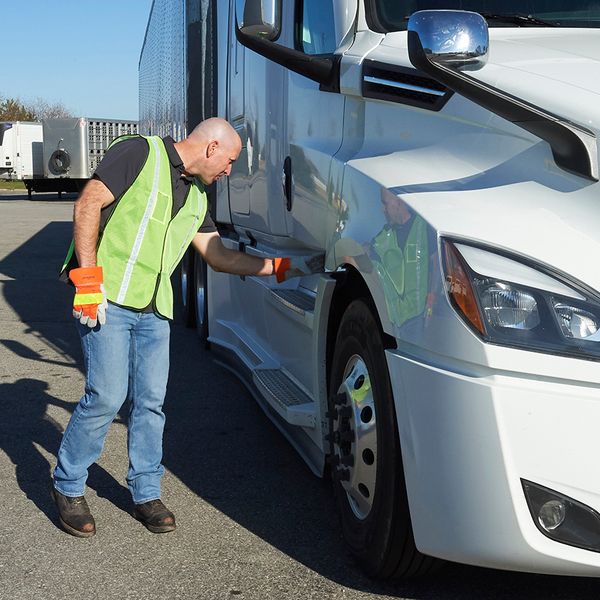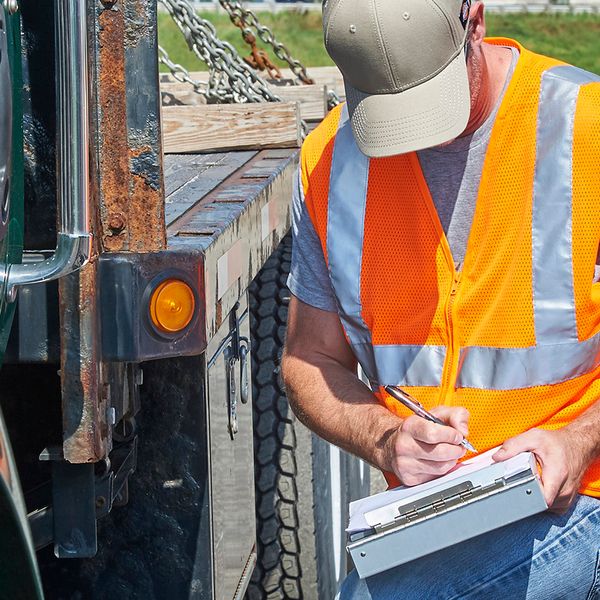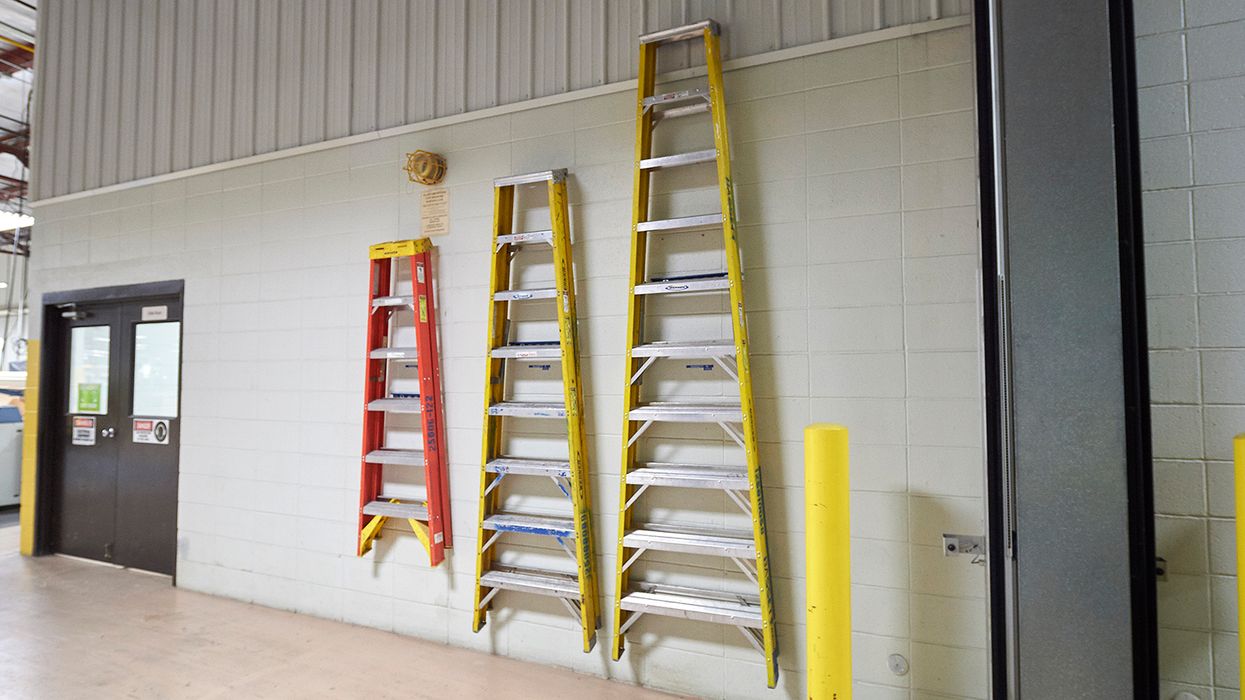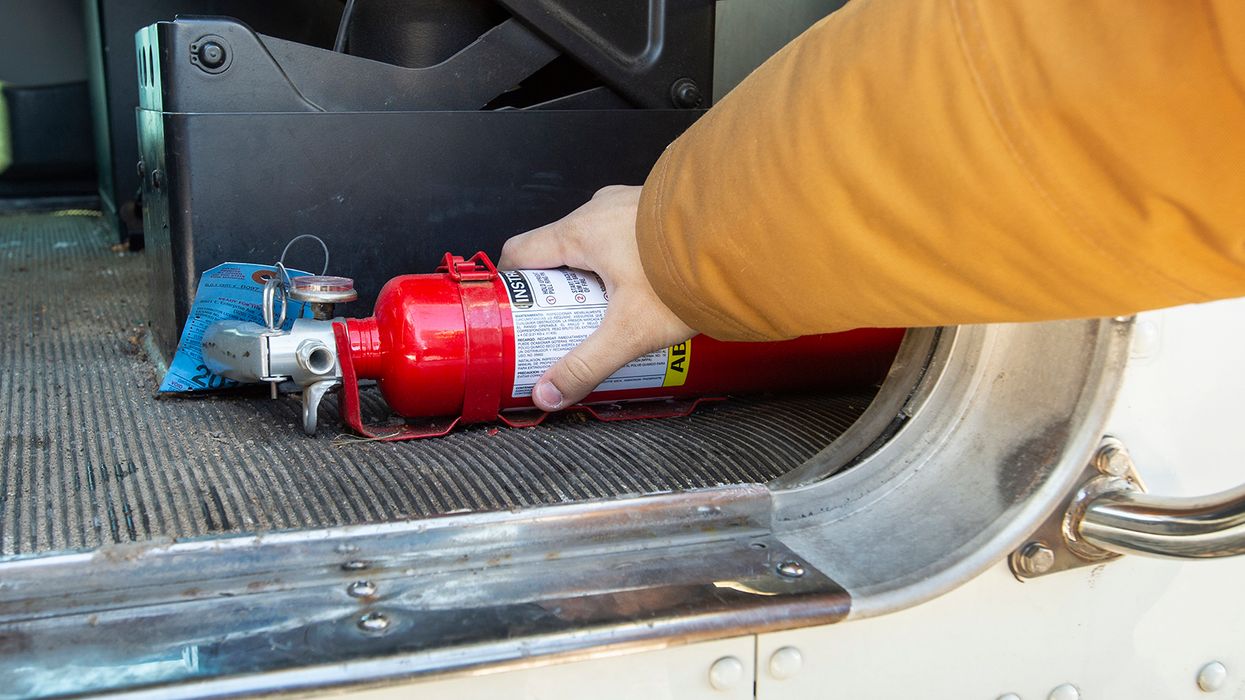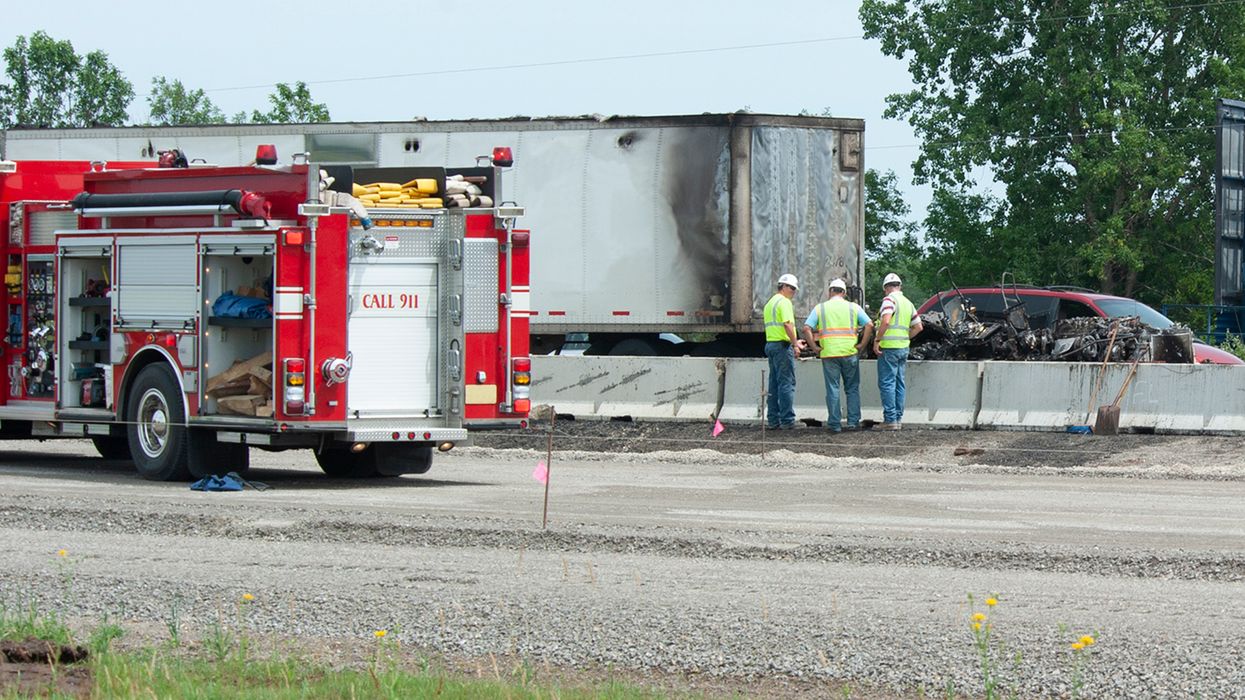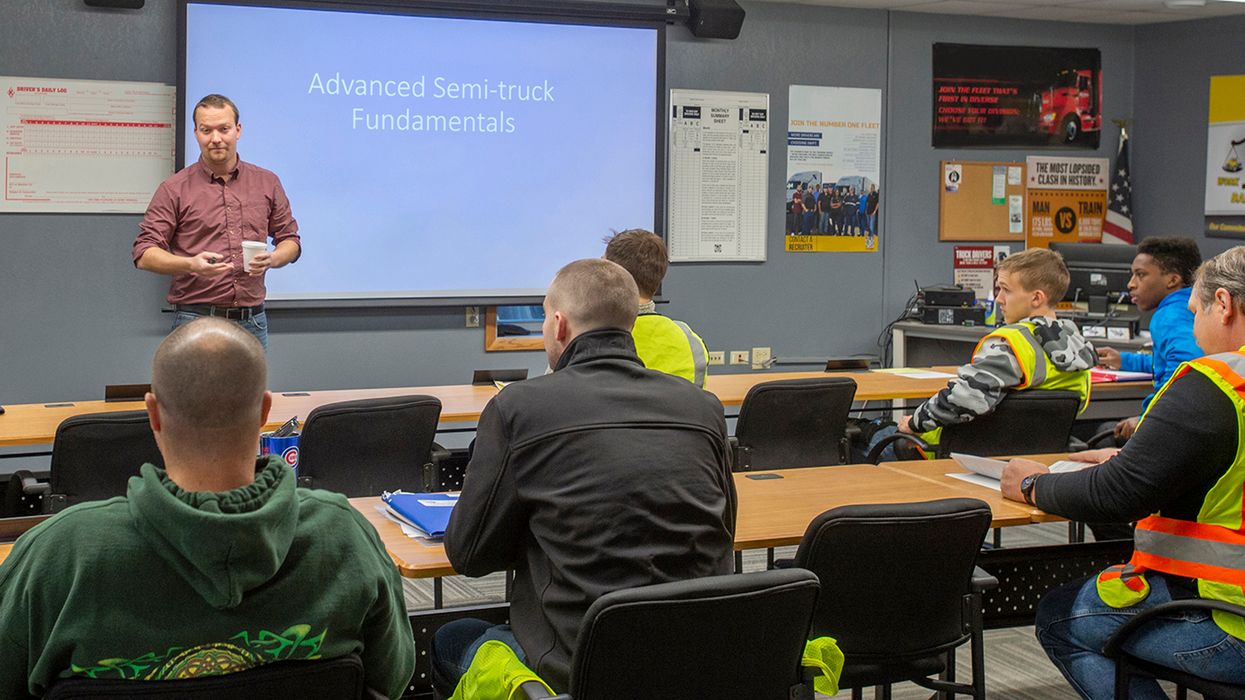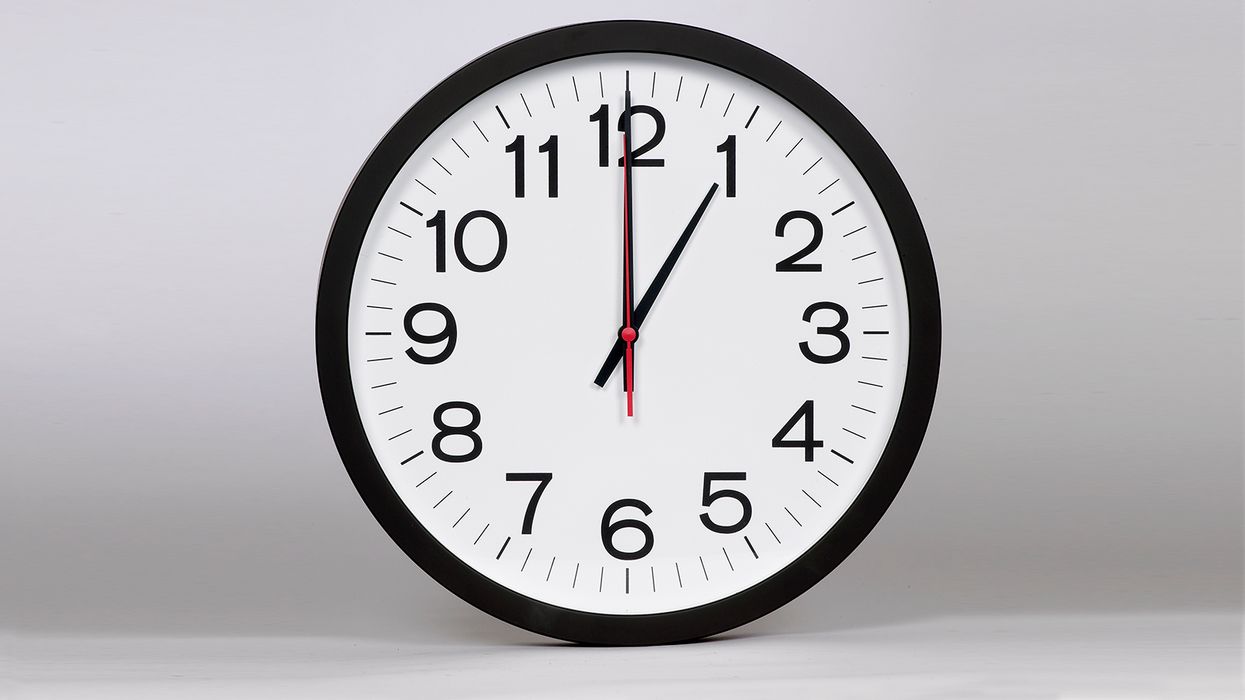What is an e-DVIR and how can it make my life better?
An electronic Driver-Vehicle Inspection Report, or e-DVIR, is nothing other than an electronic version of the form a driver must complete at the end of the workday to report a defect on a commercial motor vehicle (CMV). However, an e-DVIR can make both compliance and repairing defective vehicles much easier.
The DVIR requirement
Under the regulatory requirements at §396.11(a)(1) and (2), a driver must submit a DVIR to their company at the end of the workday if there is a defect on the CMV. Some companies, under a company policy, require their drivers to report on the condition of the vehicle every day, even when there is no defect.
If the driver reports a defect on a DVIR, a carrier official must address the defect and sign the DVIR. Addressing the defect can be either repairing the CMV (or overseeing repairs) or determining that repairs are not necessary because the defect does not affect the safe and compliant operation of the vehicle. This must be done before the vehicle is operated again. The next driver to pre-trip the vehicle must also sign the DVIR, agreeing that the defect was corrected or that it need not be corrected (see §396.11(a)(3) and §396.13). If any of the required steps are missed (the vehicle is not repaired before operating again, a signature is missed, etc.), it is a violation.
The challenges
If the driver is not at a company facility at the end of the day, the driver may not be able to submit a paper DVIR in a timely fashion. The result is it will be difficult for the carrier to address the DVIR before the vehicle is operated again.
There are ways to overcome the challenges. A carrier can require the driver to scan and send the report, and then scan and send a copy signed by a carrier official back to the driver. Another option is to make the driver responsible for contacting the company when there is a defect, overseeing the repairs, and giving the driver the authority to sign as the carrier official. Both options have pitfalls and require coordination between the driver and a carrier official.
Enter the e-DVIR
Under §390.32, any form that the Federal Motor Carrier Safety Administration requires a carrier to complete and retain can be done electronically. This includes DVIRs. The advantage to an e-DVIR that can be electronically submitted is that it does not need to be mailed or scanned into the company and the driver does not have to shepherd it through the steps and sign it as the carrier official if not at a company facility.
When the driver completes the e-DVIR, the system immediately receives it and looks for a defect. If there is a defect listed, it is routed to the appropriate carrier official (such as a maintenance supervisor). After arranging and verifying the repairs (or deciding that repairs are not necessary), the carrier official electronically signs the e-DVIR. The next driver to pre-trip the vehicle will be presented with the e-DVIR and sign it once the pre-trip is complete.
Key to Remember: e-DVIRs are allowed, but not required. However, the advantages to an e-DVIR system and the violations it can prevent make them something carriers should really consider.





